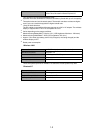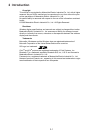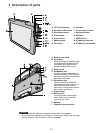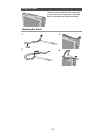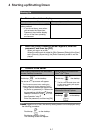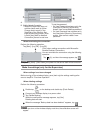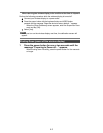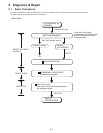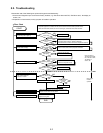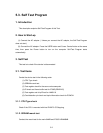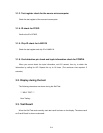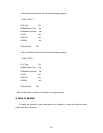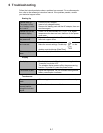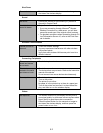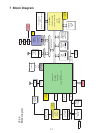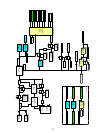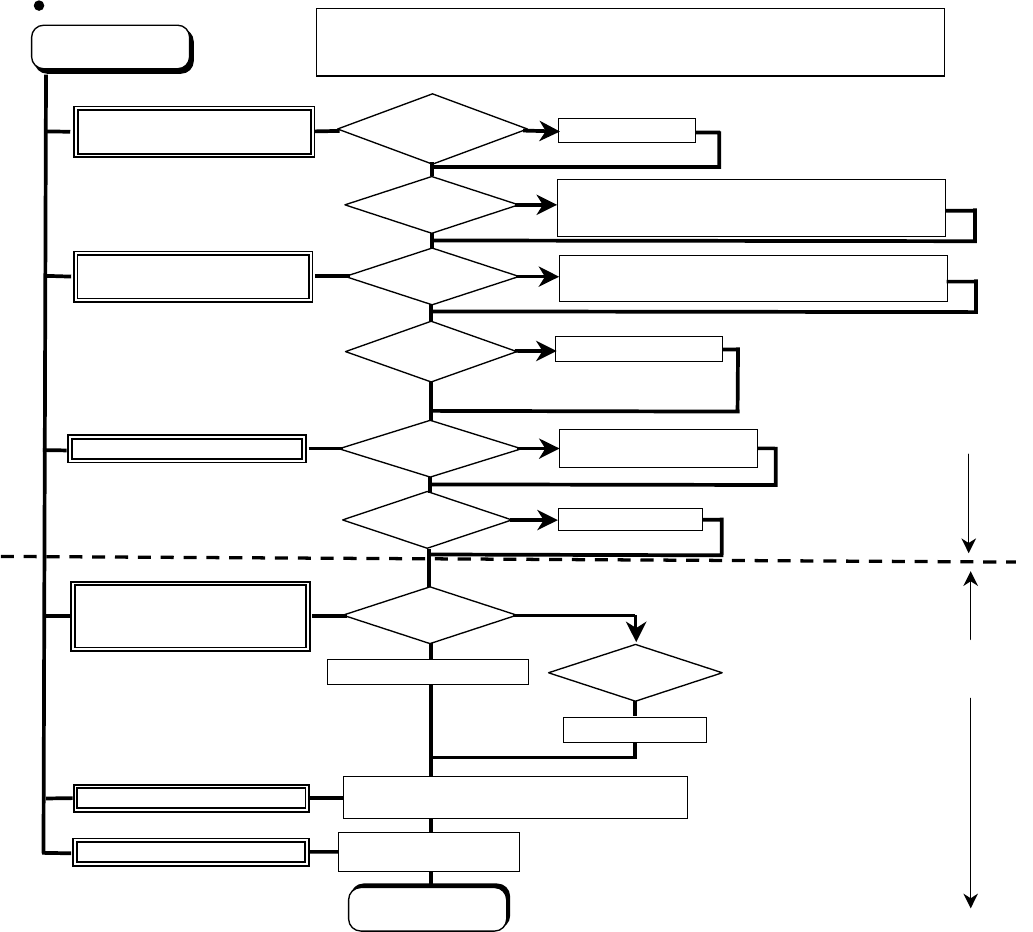
5.2. Troubleshooting
Please take note of the following two points with regard to troubleshooting:
1. Know-how of diagnosis upon occurrence of heavy troubles, e.g. ‘Set cannot be turned ON’, ‘Set fails to start’, ‘No display on
screen’, etc.
2. Explanation of each trouble, mainly symptom of trouble in operation.
Flow Chart
NG
NO
YES
NG
NO
YES
NO
YES
NG
OK
OK
NG
START
START
Pay attention to the following points when in pursuit of the cause of a troubleshooting.
1. Peripheral apparatus connected with the set should all be removed before operation check.
2. Make sure that cables, boards, etc. are not coming off, and recheck the contact condition.
Set cannot be supplied with current.
Power lamp fails to light up.
Power unit
Output voltage
Replace power unit.
Make sure of contact of Touch screen connector in use.
Replace Touch screen or main board. .
Reinstall firmware/software.
Replace main board.
Power lamp
check
Check contact condition of power input terminal. Replace i
f defective.
Check SW cable continuity. Replace if defective.
Check SW board connection and contact. Replace if defective.
Inverter
Replace inverter board. (Check if fuse is broken).
Check inverter cable continuity. Replace if defective
Replace LCD back light.
operating check
Replace main board
Result of
Selt Test Program
Replace
START
END
Dark display on screen.
Screen fails to display.
Failure in starting
Lines appearing on screen.
Starts but operates unstably.
Heavy trouble e.g.,
‘Set cannot be turned
ON’, ‘Set fails to start’,
‘No display on
screen’, etc.
Each kind of
trouble in
operation.
LCD back
light lighting
Board input/output
voltage
(Check fuse at power source).
OK
Part of block displayed
Properly on screen.
LCD Unit for trial.
Replace LVDS board and cable.
OK
Replace
main board
for trial.
Replace main board.
OK
Touch screen cannot be input.
Replace main board.
5-2



